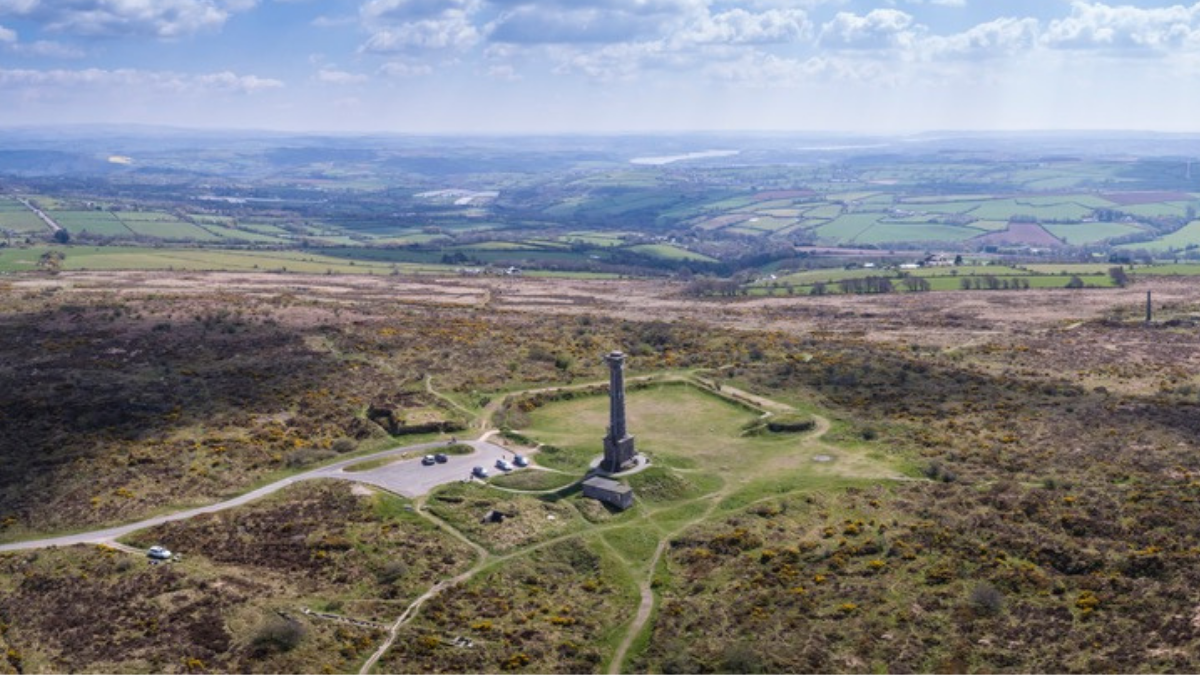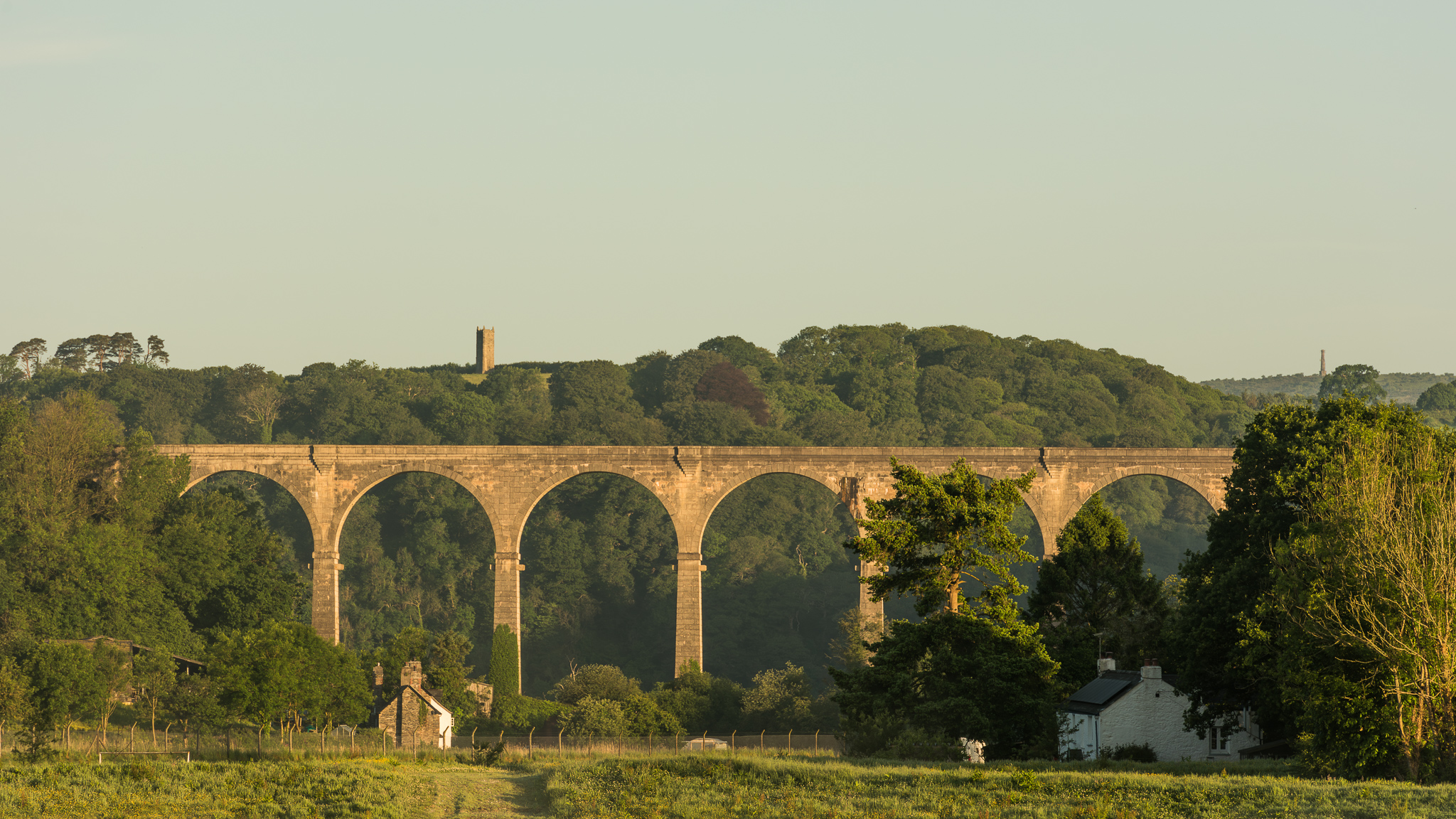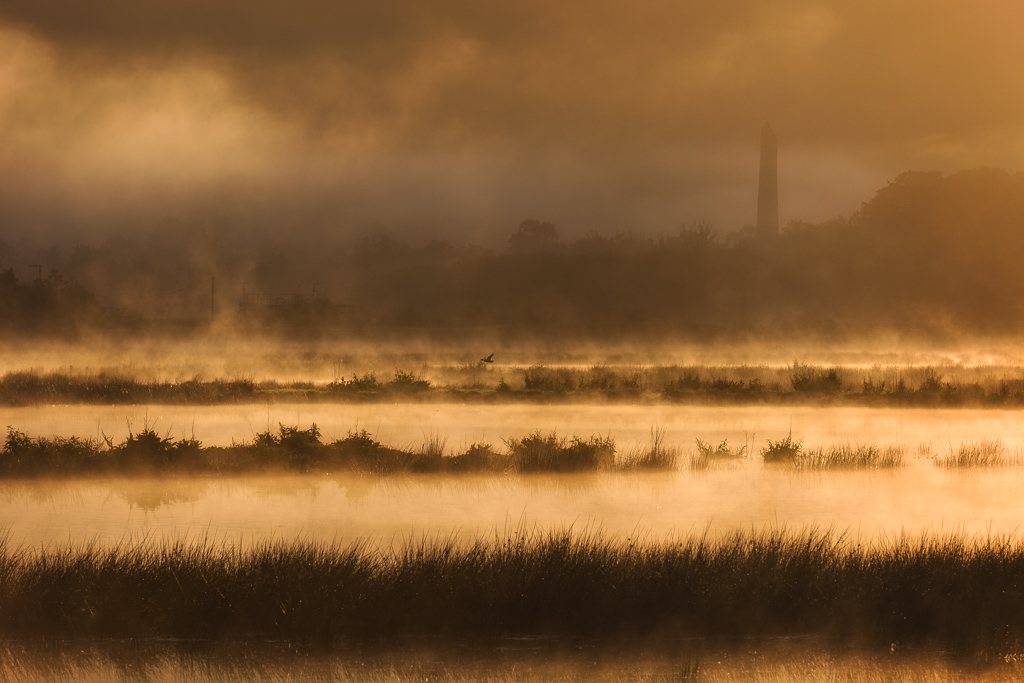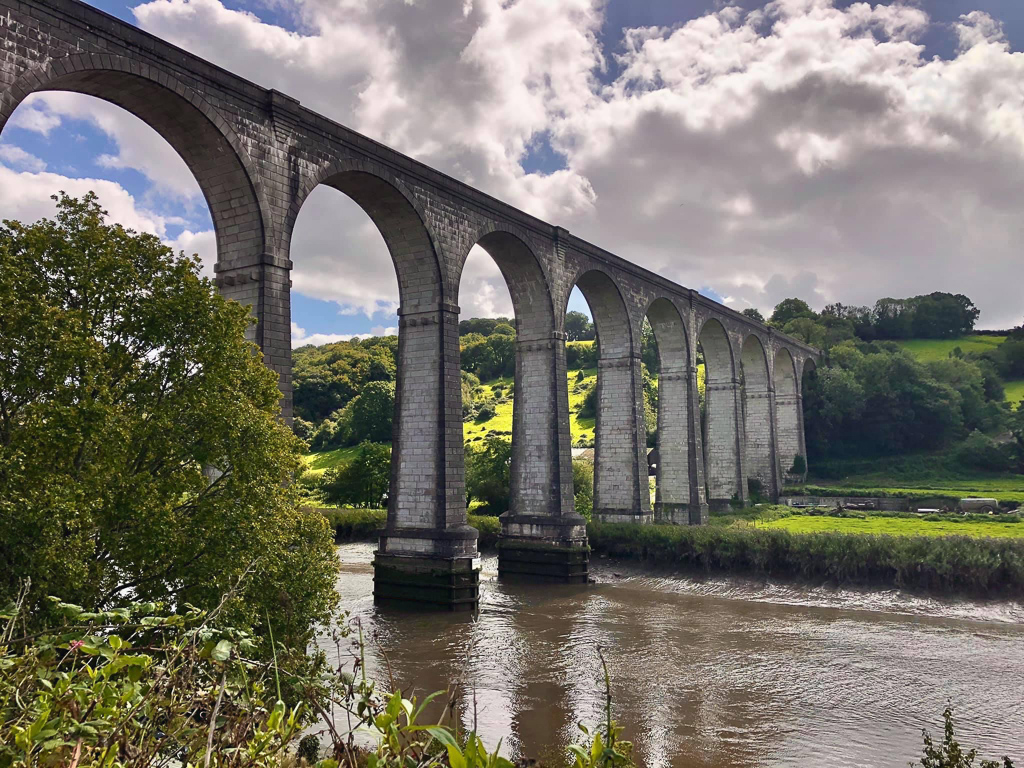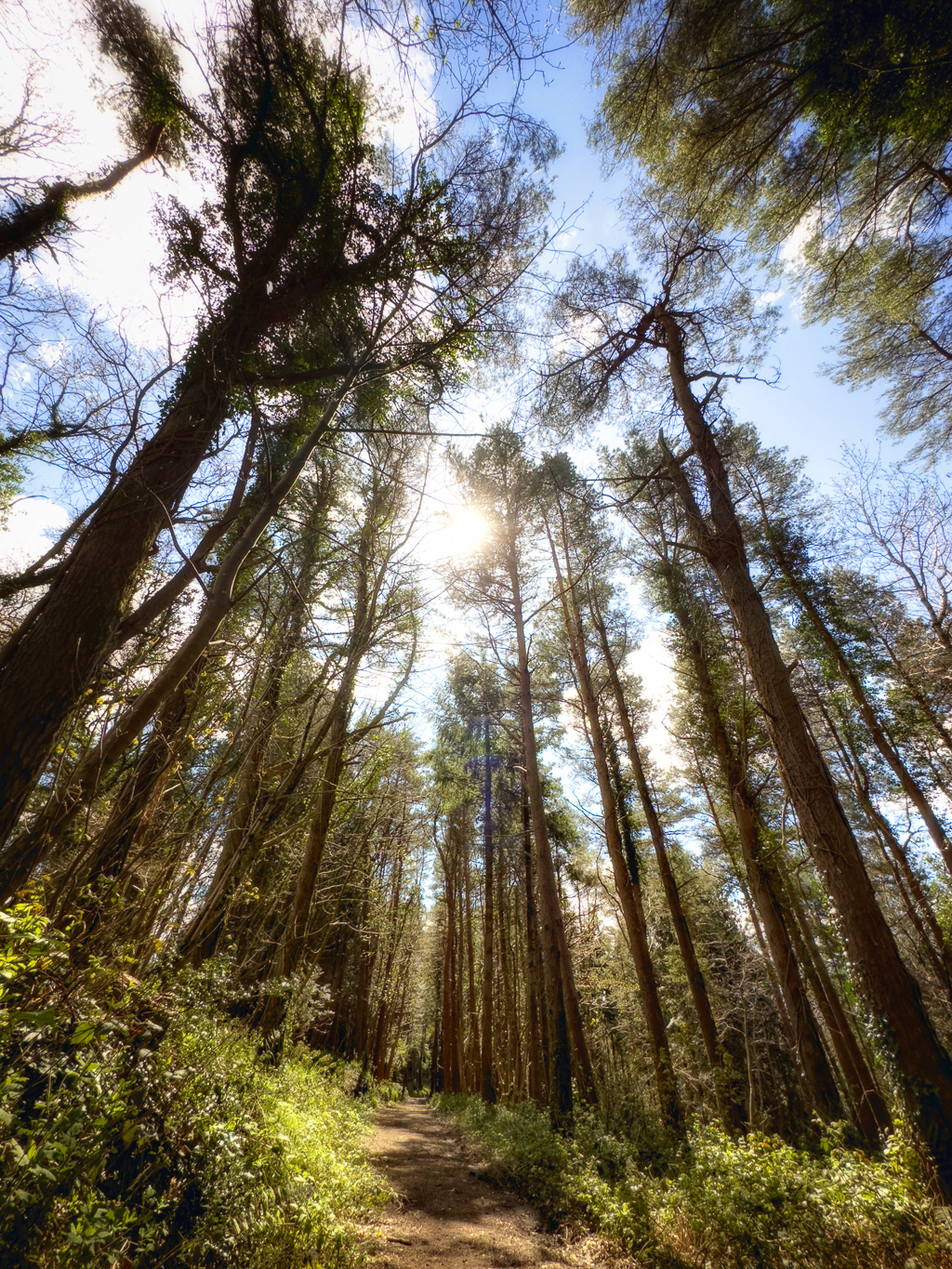Sign up here for FREE periodic updates from the Tamar Valley National Landscape, packed with the latest news, events, volunteering opportunities, and project updates. Simply add your name and email address below and your seasonal ebulletin will be emailed to you.
“at the heart of Devon and Cornwall,
a place to breathe
where Nature thrives”
Sarah Gibson, Tamar Valley National Landscape manager
A rare valley and water landscape
Unspoilt valley and water landscapes in the United Kingdom are increasingly rare, and among National Landscapes in England and Wales only two others – the Wye Valley and Dedham Vale – are centred on valley systems.
The Tamar and its tributaries represent the classic English lowland river system, and within the Tamar Valley National Landscape the journey from headwaters to sea has been particularly condensed by the down-cutting and flooding that took place during the last ice age.
This has ensured a very diverse set of landscapes, with dramatic contrasts in landform within the space of a few miles.
At the same time, the area has an overall physical unity, provided by the rivers themselves, the ancient oak woods that line the water’s edge, and the rounded hills above.
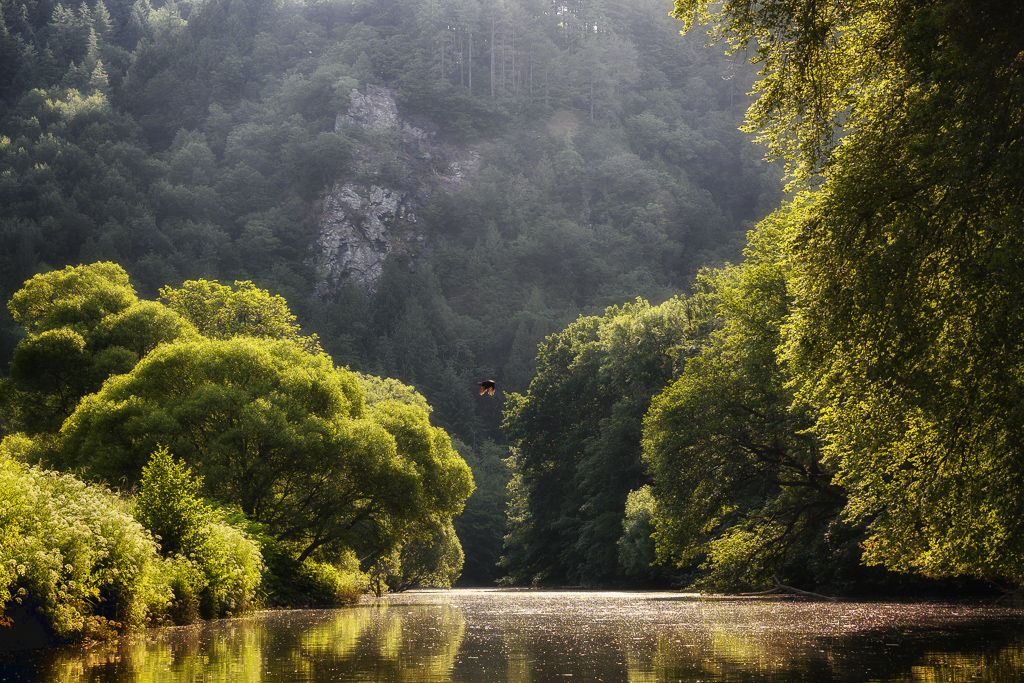
A landscape of high visual quality
The valleys contain a rich mix of landscape patterns and elements. The estuary landscape is characterised by wide open water traversed by graceful viaducts, fringing woodlands, pastel coloured houses, ports and quays.
In the middle valleys, the web of ancient hedge banks above contrasts with the dark woodlands and bright reed beds below, while twisting lanes weave up and down the valley slopes.
On the granite ridge there is a wholly different, moorland character, with rock outcrops interspersed with gorse and bracken and punctuated by chimneys and other relics of industrial heritage.
The upper Tamar represents an earlier, traditional countryside, with remarkable medieval bridges and an ancient pattern of hamlets, farms, fields and large estates.
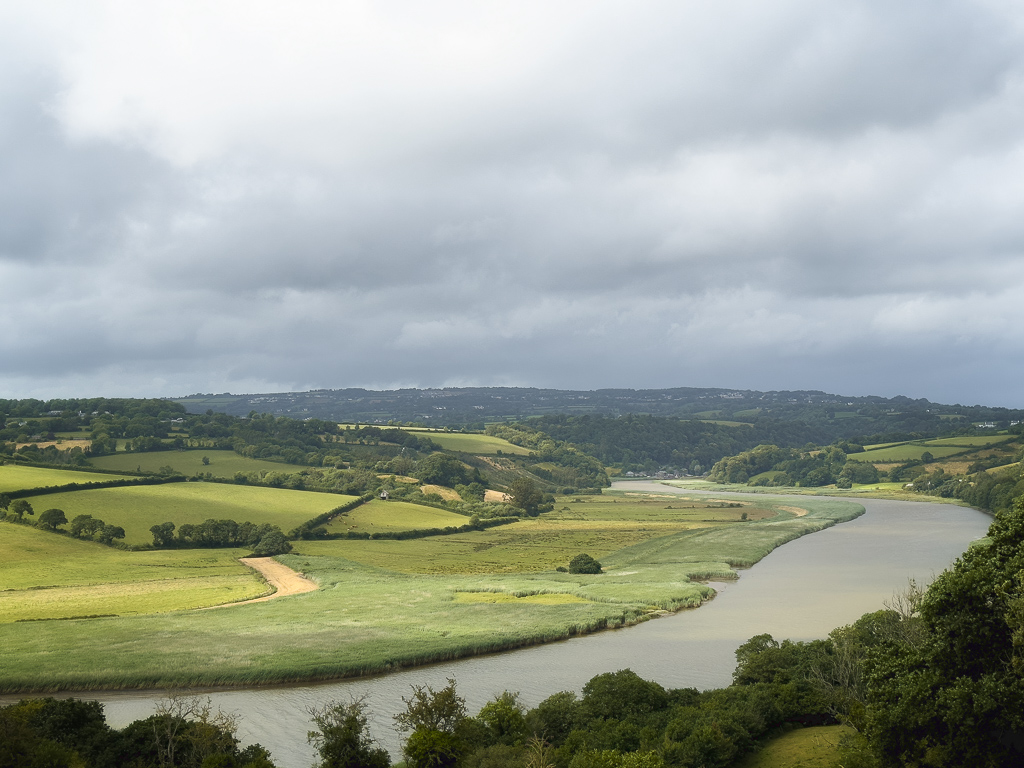
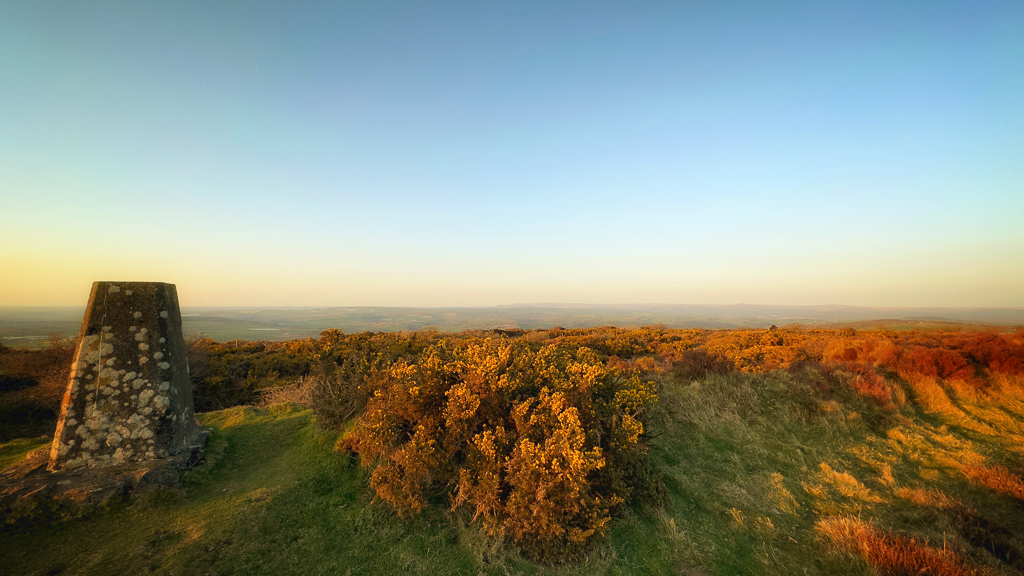
A unique wildlife resource
The River Tamar and its tributaries are of national, even international importance for their wildlife.
Estuaries within the United Kingdom and elsewhere are a finite wildlife resource that are under tremendous pressure. Many are subject to increasing urban development, land reclamation for industry, heavy recreational usage and flood defence systems.
Others are seriously threatened by pollution. All form links in a huge international chain, through which thousands of birds pass each spring and autumn.
In this context the lower River Tamar, whose key habitats include salt marsh, wet grassland and fen is of international importance.
Many of the valley’s fringing broadleaved woodlands, which are such a key visual resource, are also of national importance as are ancient woodland Sites of Special Scientific Interest, along with multiple nature reserves.
Tamar Valley National Landscape has published a detailed nature recovery strategy.
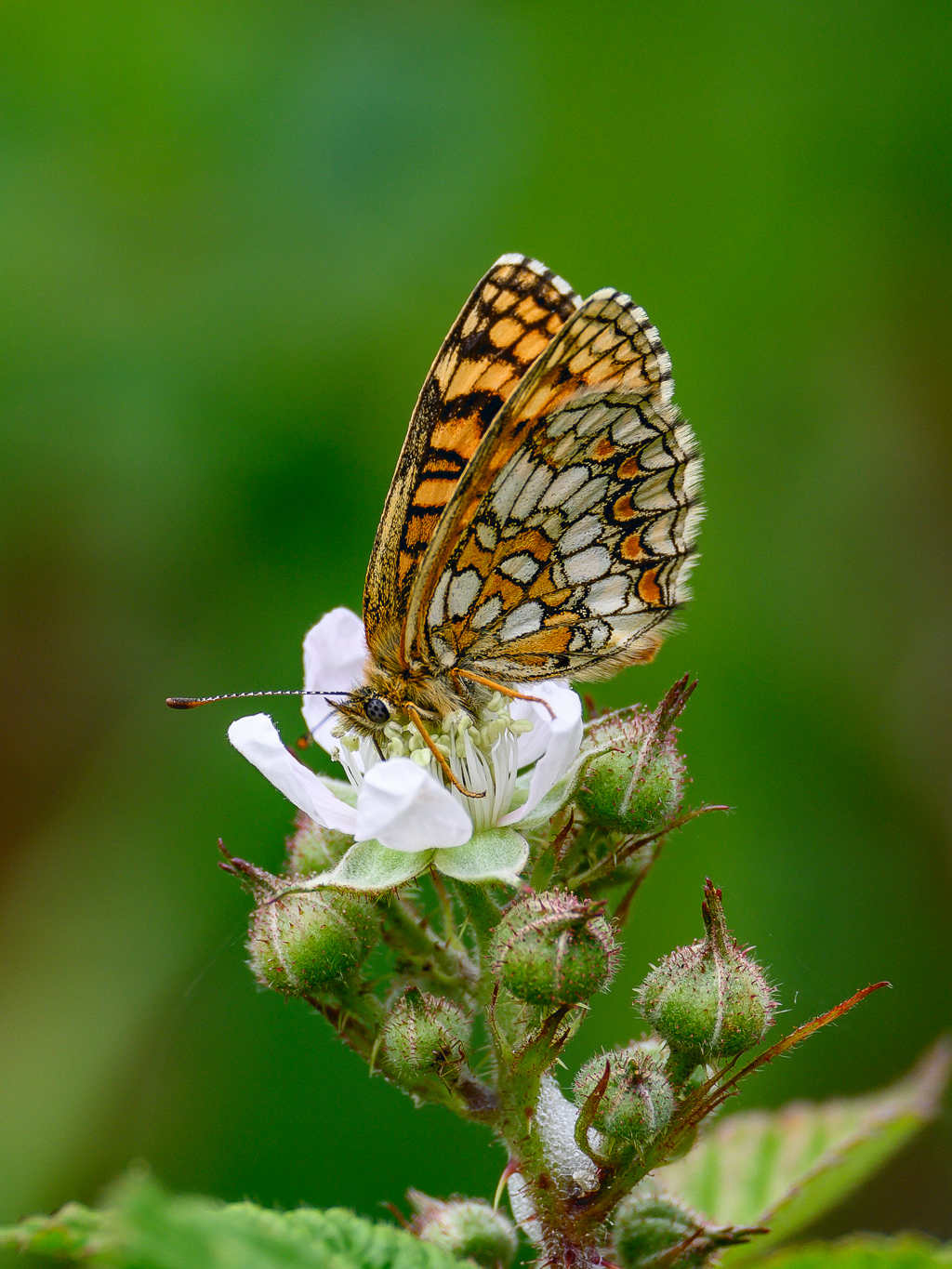
A remarkable heritage
One of the most distinctive features of the Tamar Valley landscape is the way it reflects the changing economic fortunes over time.
Different periods of rural and industrial heritage are overlain, with the minimum of disturbance, by more recent development.
The heritage includes:
- ancient traditional countryside features of hill forts and hedge banks;
- pre industrial features such as lime kilns, adit mines and landscaped estates;
- 19th Century features including mine chimneys and engine houses, the Tavistock Canal , Morwellham Quay and the Devon Great Consols Mine;
- and the more recent remains of the market gardening industry.
Not only are these features of value in their own right, they are also of immense appeal to both artists and the general public.
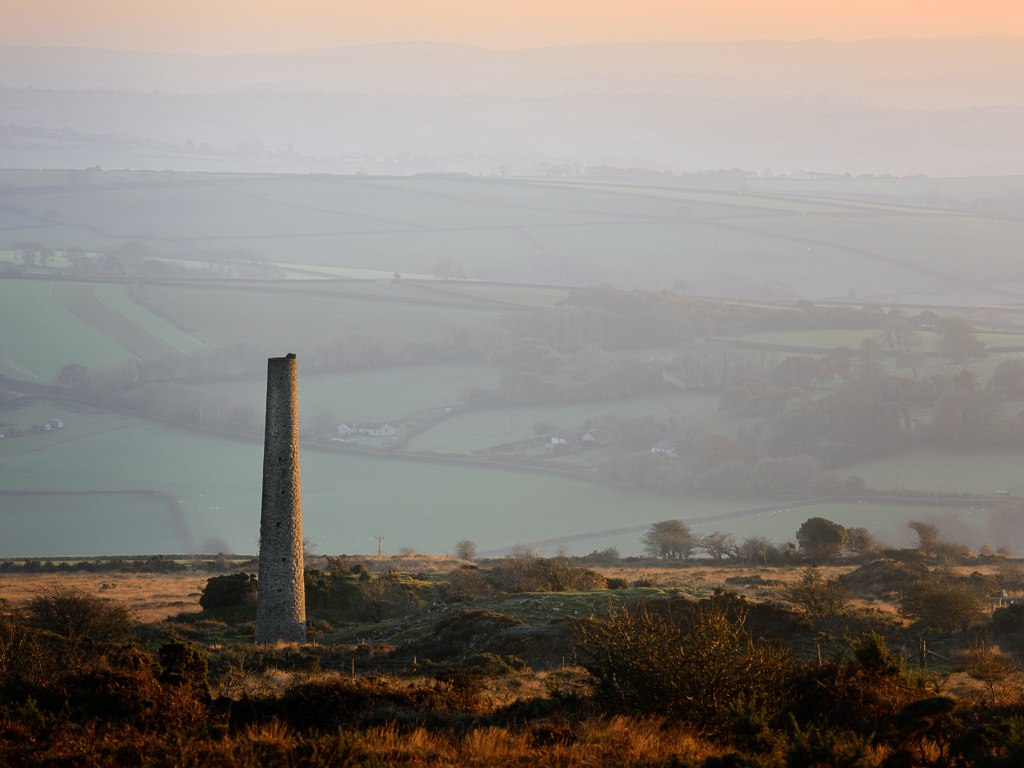
A landscape of artistic and public appeal
The appeal of the Tamar Valley landscape is largely based upon the romantic vision of the area that rose to prominence during the early 19th Century, when a combination of dramatic scenery and human industry was highly regarded by artists.
As a result of work by artists such as Turner, the area became a popular Victorian and early 20th Century day-trip destination and beauty spot, served by river steamers and the Tamar Valley railway line.
Even today, the image is still one of industry and mills juxtaposed with orchards, flowers and gardens within a splendid valley setting and the patchwork landscape, seasons, use and fall of the tides and continual changing sky continues to draw in and inspire artists.
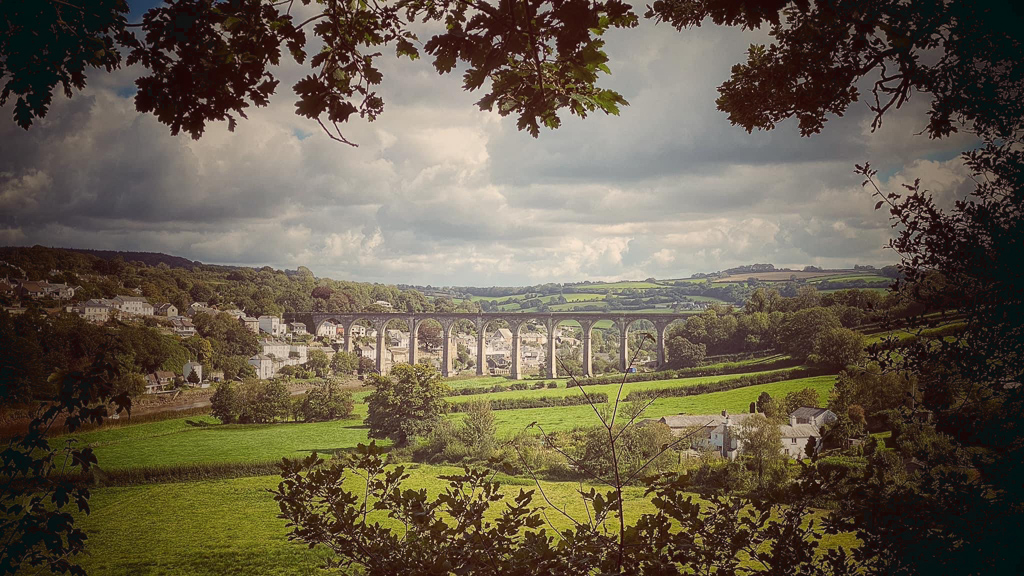
What are the requirements of a National Landscape?
-
the landscape should be a resource of national importance, for reasons of rarity, variety or representativeness;
-
it should be of high aesthetic quality with specially pleasing patterns and combinations of landscape features;
-
it should include notable conservation interests, such as features of outstanding wildlife, geological, heritage or architectural interest;
-
consensus of both professional and public opinion as to its importance.
The National Landscapes Association
46 National Landscapes to fall in love with across England, Wales and Northern Ireland.
15% of the land in England is within a National Landscape.
66% of people in England live within half an hour of a National Landscape.
Meet the rest of the National Landscapes Family.
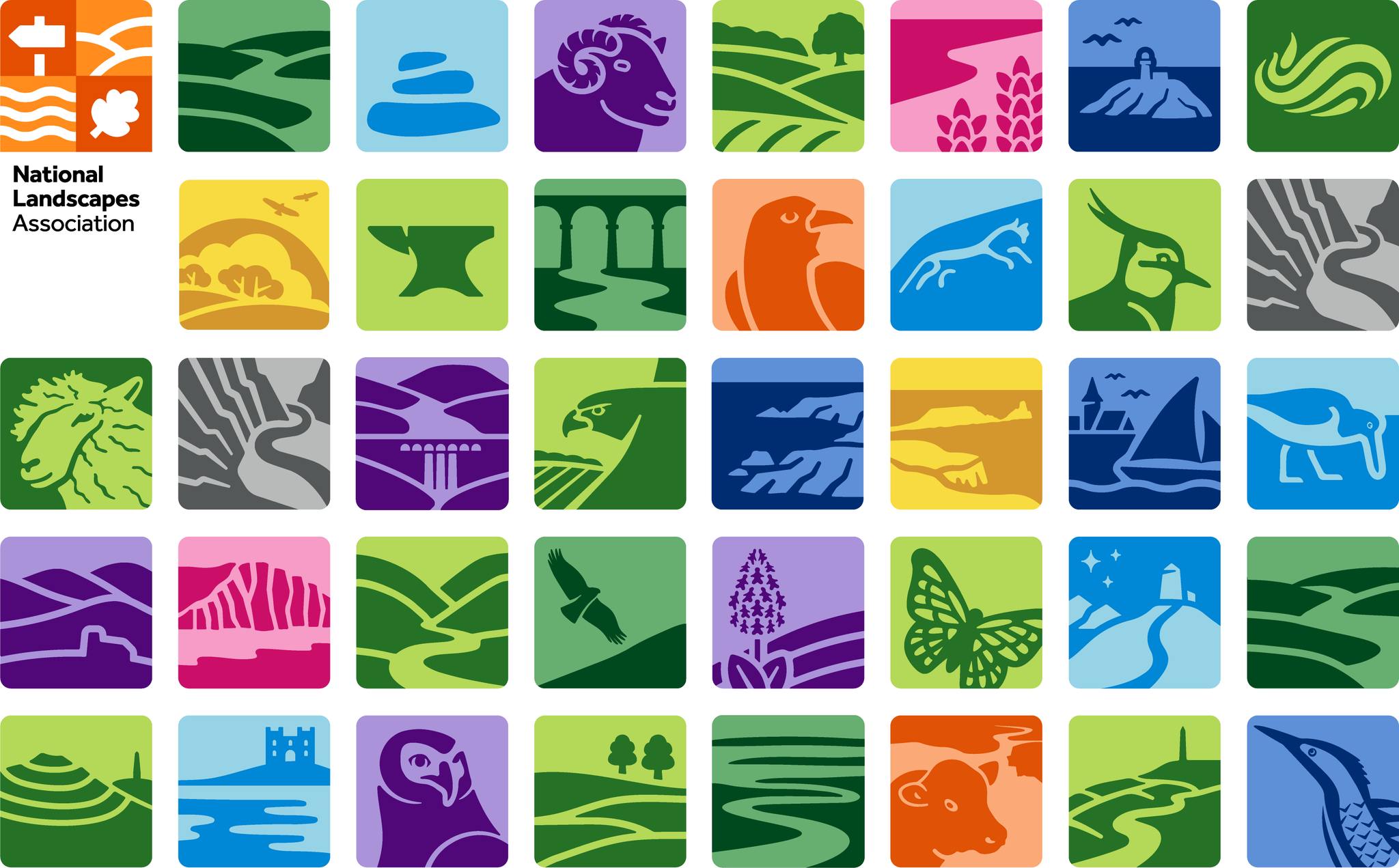
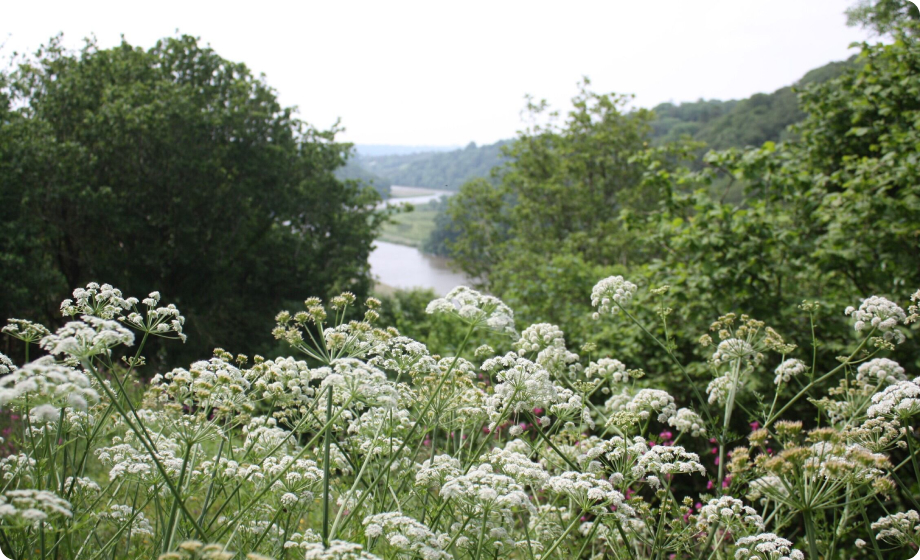

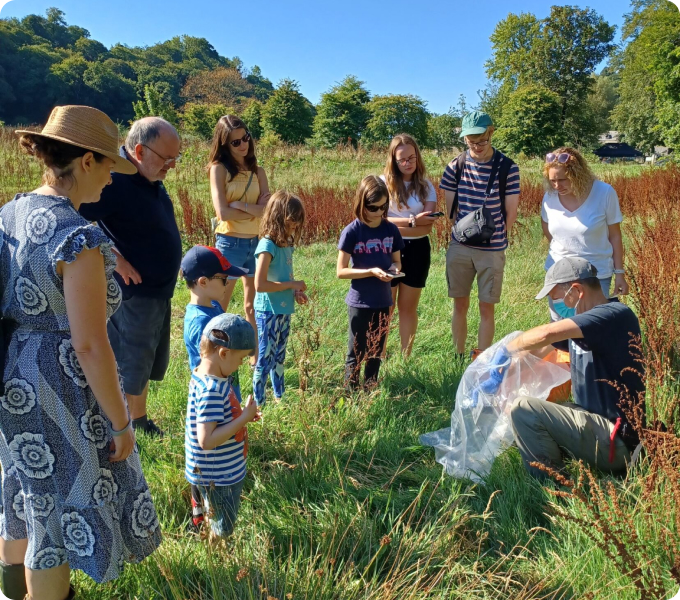
ebulletins
The Tamar Valley National Landscape team (hosted by Cornwall Cornwall) is committed to gathering and processing personal data with full regard for the General Data Protection Regulation (GDPR). Please view our Privacy Statement for further information here. A copy of MailChimp’s Privacy Policy can also be viewed here.

